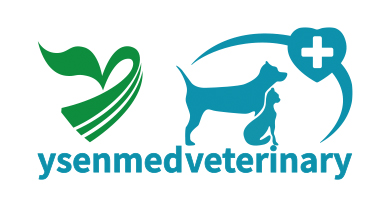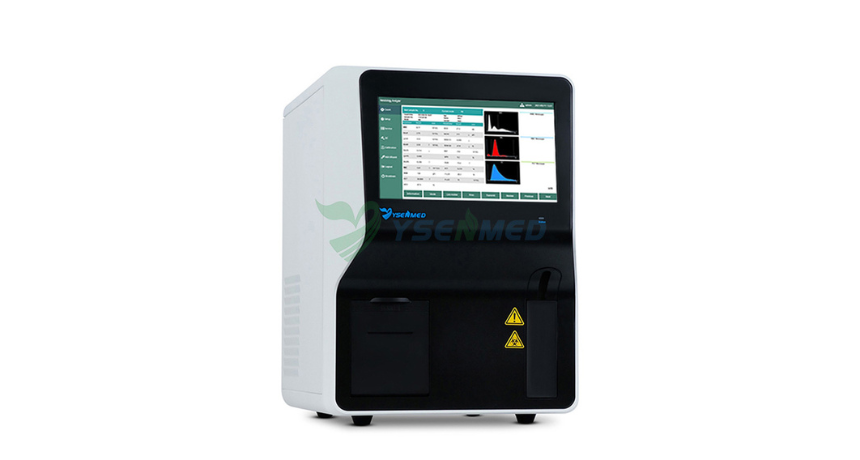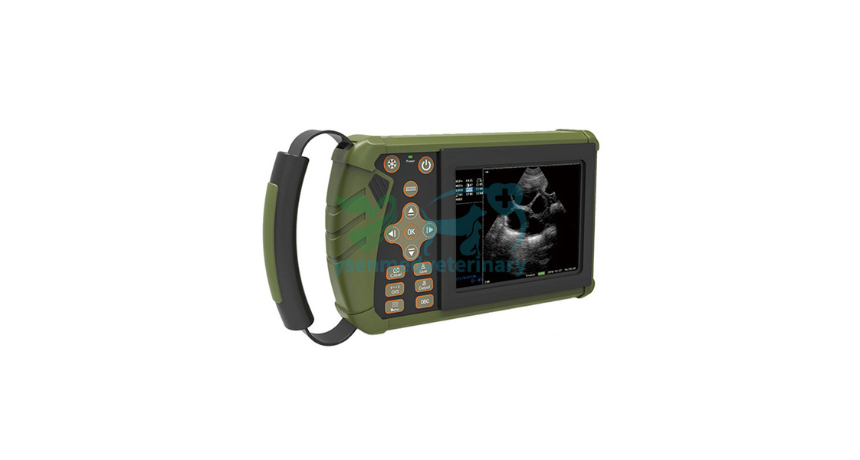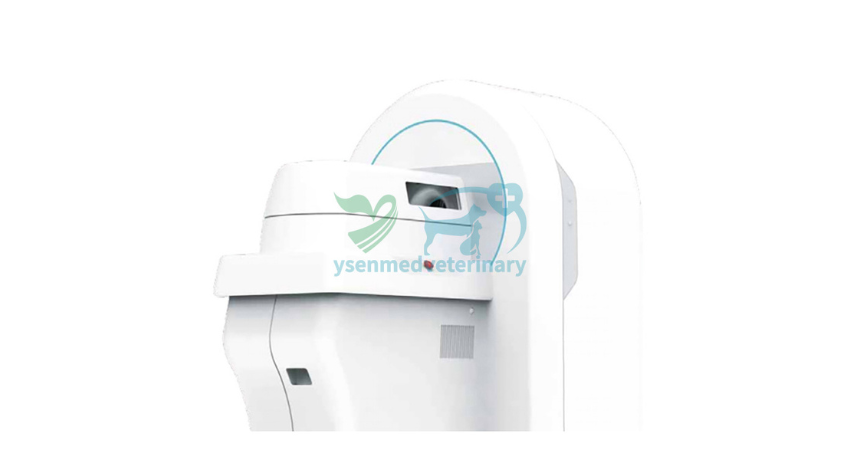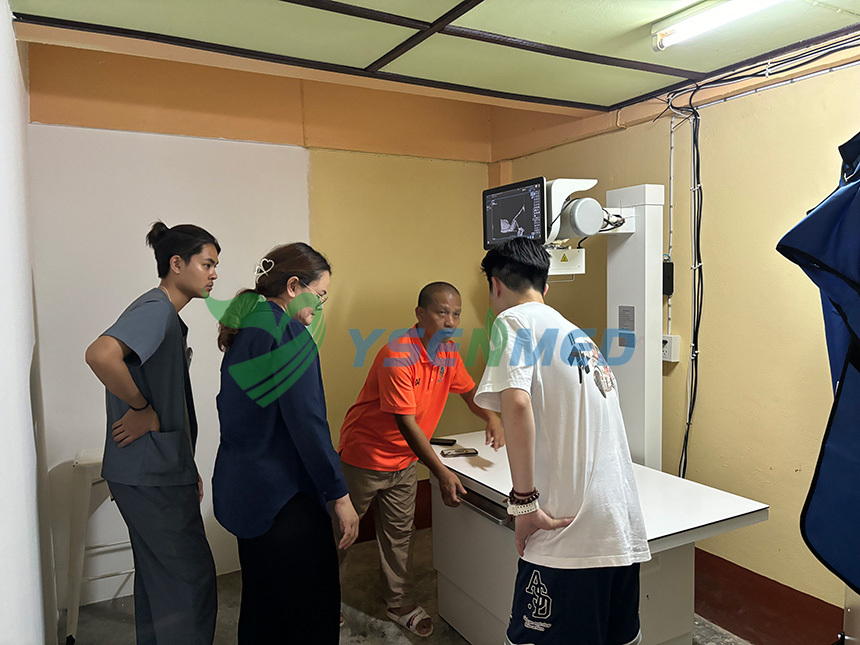Have you ever wondered how our furry friends, with their tails wagging and whiskers twitching, receive medical care when they're feeling under the weather? Veterinary medicine has come a long way, evolving alongside human healthcare to provide our beloved pets with the best possible treatment. One significant advancement that's making waves in the veterinary world is the introduction of
0.35T MRI technology. This cutting-edge imaging tool is revolutionizing how veterinarians diagnose and treat a wide array of conditions in animals, bridging the gap between human and veterinary medicine like never before.

Understanding the Need for Advanced Imaging in Veterinary Care
Just like us, animals can suffer from a myriad of health issues ranging from orthopedic injuries to neurological disorders. However, diagnosing these conditions in our furry companions can be challenging due to their inability to communicate symptoms verbally. This is where advanced imaging techniques like MRI come into play. MRI, short for Magnetic Resonance Imaging, allows veterinarians to peer inside the bodies of animals non-invasively, providing detailed images of their internal structures.
The Limitations of Traditional Imaging Modalities
While traditional imaging modalities such as X-rays and ultrasounds have been valuable tools in veterinary medicine, they often have limitations when it comes to providing detailed information about soft tissues and internal organs. X-rays, for instance, are excellent for visualizing bones and detecting fractures but may not offer sufficient detail when it comes to evaluating soft tissue structures like the brain or spinal cord. Ultrasound, on the other hand, provides real-time images and is useful for examining organs such as the heart and liver but may not always offer the level of detail needed for certain diagnoses.
Introducing 0.35T MRI: The Game-Changer in Veterinary Imaging
Enter 0.35T MRI, a state-of-the-art imaging technology that's transforming the way veterinarians diagnose and treat animals. Unlike traditional MRI machines designed for human use, which typically operate at higher field strengths (e.g., 1.5T or 3T), 0.35T MRI is specifically tailored to meet the unique needs of veterinary patients. The lower field strength offers several advantages in the veterinary setting, including reduced scan times and increased patient comfort.
Advantages of 0.35T MRI in Veterinary Medicine
Enhanced Soft Tissue Imaging
One of the most significant benefits of 0.35T MRI is its ability to provide high-resolution images of soft tissues, such as the brain, spinal cord, and joints. This level of detail allows veterinarians to identify and diagnose conditions such as brain tumors, spinal cord injuries, and orthopedic injuries with unprecedented accuracy.
Improved Patient Comfort
Traditional MRI machines can be intimidating for animals due to their loud noises and confined spaces. In contrast, 0.35T MRI machines are designed with the comfort of veterinary patients in mind. The open-bore design and quieter operation help reduce stress and anxiety, resulting in a more positive imaging experience for our furry friends.
Versatility and Accessibility
Another advantage of 0.35T MRI is its versatility and accessibility. These compact machines can be installed in veterinary clinics and hospitals, making advanced imaging more readily available to pet owners. This accessibility allows for quicker diagnosis and treatment planning, ultimately improving outcomes for veterinary patients.
Applications of 0.35T MRI in Veterinary Medicine
The applications of 0.35T MRI in veterinary medicine are vast and continue to expand as technology advances. Some common uses include:
Neurological Imaging: Diagnosing conditions such as brain tumors, spinal cord injuries, and epilepsy.
Orthopedic Imaging: Evaluating joint disorders, ligament injuries, and fractures.
Soft Tissue Imaging: Assessing abdominal organs, soft tissue masses, and vascular abnormalities.
The Future of Veterinary Imaging: Innovations on the Horizon
As technology continues to evolve, so too will the field of veterinary imaging. Researchers and engineers are constantly developing new techniques and technologies to further improve diagnostic capabilities and patient outcomes. From advanced imaging protocols to AI-driven diagnostic tools, the future of veterinary medicine is bright and full of promise.
Conclusion: Advancing Veterinary Care with 0.35T MRI
In conclusion, 0.35T MRI represents a significant advancement in veterinary imaging technology, allowing veterinarians to provide better care for our furry companions. By bridging the gap between human and veterinary medicine, this innovative technology is revolutionizing how we diagnose and treat a wide range of conditions in animals. With its enhanced soft tissue imaging capabilities, improved patient comfort, and versatility, 0.35T MRI is paving the way for a brighter future in veterinary care. As we continue to push the boundaries of innovation, one thing is clear: our pets have never been in better hands.
FAQs:
Can my pet undergo an MRI scan without anesthesia?
Yes, it is possible for some pets to undergo an MRI scan without anesthesia, particularly if they are cooperative and can remain still during the procedure. However, in most cases, anesthesia is recommended to ensure the safety and comfort of the animal during the imaging process, especially for longer scan times or if the pet is anxious or uncooperative.
Are there any risks associated with MRI scans for pets?
MRI scans are generally considered safe for pets when performed by trained professionals. However, there are some risks associated with anesthesia, particularly in animals with underlying health conditions. Additionally, certain metal implants or objects may pose risks during MRI scans, so it's essential to inform your veterinarian of any relevant medical history or implants your pet may have.
How long does it take to perform an MRI scan on a pet?
The duration of an MRI scan for a pet can vary depending on factors such as the size of the animal, the specific areas being imaged, and the complexity of the case. Generally, an MRI scan can take anywhere from 30 minutes to an hour or more to complete. Your veterinarian will be able to provide you with a more accurate estimate based on your pet's individual needs.
Will my pet experience any discomfort during an MRI scan?
While MRI scans are non-invasive and typically painless, some pets may experience mild discomfort or anxiety due to the confined space of the MRI machine or the noise generated during the scan. To help alleviate any potential stress, veterinarians may recommend sedation or anesthesia for certain animals. Additionally, efforts are made to ensure the comfort and safety of the animal throughout the imaging process.
Can 0.35T MRI technology be used to diagnose all types of conditions in pets?
While 0.35T MRI technology is highly advanced and versatile, there may be some limitations to its diagnostic capabilities. Certain conditions or abnormalities may require additional imaging modalities or specialized techniques for accurate diagnosis. Your veterinarian will determine the most appropriate course of action based on your pet's individual needs and medical history.
